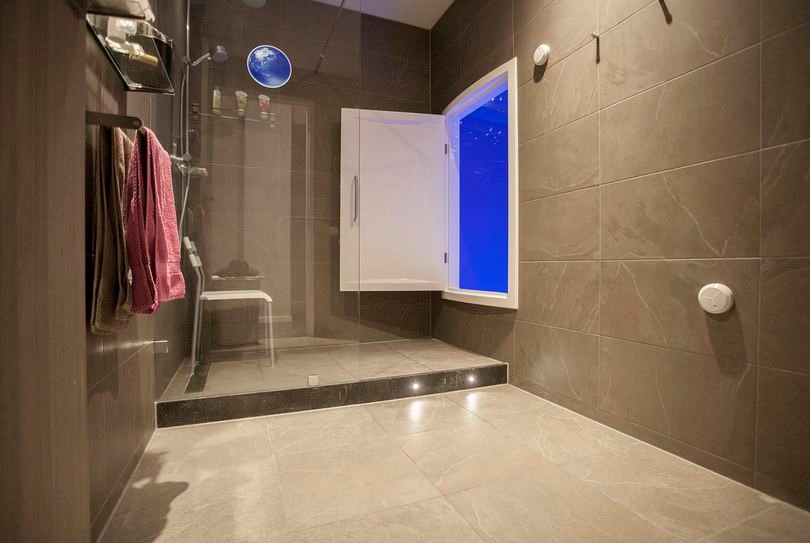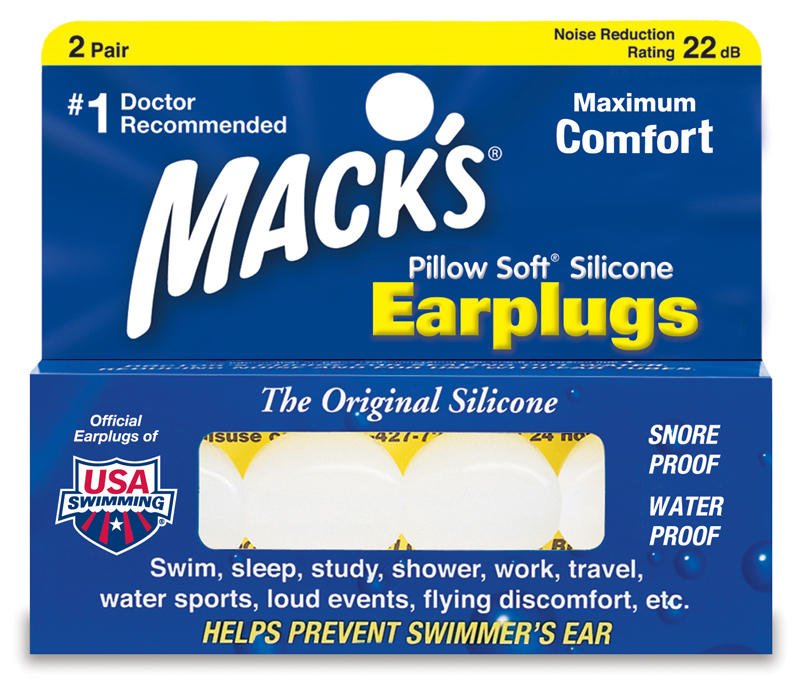You'll hear it go by multiple names, isolation tank, float tank, sensory deprivation chamber, float pod, etc. Regardless of the name used, the idea remains constant -- a sealed, soundproof, lightproof, environment containing roughly 12 inches of water heated to roughly the same temperature of your skin. The water contains a high amount of Epsom salt to ensure sterility and buoyancy levels high enough to keep your body afloat.
The most common float duration is one hour. One hour of pitch black, silence, and nothing but your thoughts.
A Summary Of Floating
The general consensus is that float tanks were invented in 1954 by John C. Lilly. Most believe that he was searching for a way to deprive the brain of all senses and external stimulation, while maintaining the brain's ability to function and process as normal.
John C. Lilly also experimented with psychedelic drugs while in an isolation tank in order to further enhance the focusing abilities of the float tank. He claimed that use use of drugs like LSD or psilocybin mushrooms helped enhance the float experience.
Benefits Of Floating
Fans of isolation tanks claim that regular float sessions promote creativity, sleep enhancement, relaxation, and meditation like focus. Your personal experiences may vary, but due to the solitary nature of an isolation tank, the claims made do not appear too far fetched.
According to i-sopod, the number of benefits goes on and on. Everything from enhancing mental clarity, helping with pregnancy pain, and decreasing PTSD symptoms are listed as potential benefits of using an isolation tank. If you'd like to try out floating, take a look at our float tank resources for more information.

Another common benefit of isolation tanks is the absorption of Magnesium sulfate, also known as Epsom salt. The body accepts Epsom salt via the skin through a process called transdermal absorption. This process increases magnesium levels in the body, reducing swelling and pain from inflammation, as well as improving your ability to sleep through the increased production of melatonin.
Inside A Float Tank
An isolation tank is typically around 8 feet long and around 5 feet wide. The tank itself is generally around 5 feet tall. The inside of a tank has similar dimensions after accounting for the wall thickness. You'll often find handles and small steps to assist with getting in and out of the tank.
The thing that makes a float tank a float tank is salt -- lots of salt. Around 1,000 pounds to be specific. As mentioned earlier, Epsom salt is dissolved in the water and aids in keeping you afloat.
There is typically 12" of water inside the tank. Common practice is to heat the water to precisely 93.5 degrees Fahrenheit. Often times, however, this is temperature a bit too cool for people, particularly in the colder months of the year. In these situations, the temperature is commonly increased to around 94-95 degrees Fahrenheit.

The air temperature inside a tank of an often forgotten about factor. The top half of your body is exposed to the air so finding a comfortable temperature is about adjusting both the air and the water settings. General air temperature settings are around 94-95 degrees Fahrenheit, but this will also vary person to person, and seasonally.
Floating Preparations
The most important piece of advice for a comfortable and relaxing float is to limit your intake. Both food and liquids fall into this category. You don't want to enter a float tank after having consumed a large meal or having drank a large volume of liquid. This will only make for an uncomfortable float session that would require you to exit the tank in order to use the restroom.
Before you enter an isolation tank, it's recommended that you take a quick shower. This will ensure that any sweat and oils on your skin do not end up in the float tank cleaning system and filter.
It's also recommended that you take another shower after you exit the tank. This is because the salt from the tank will cling to your hair and skin. A thorough rinse in the shower will prevent any skin reactions from salt exposure.

Make sure to remove contact lenses before entering a float tank. Even though the salt in the tank are perfectly harmless, it doesn't mean that it won't sting your eyes if exposed. Removing contact lenses will reduce the risk of eye damage from exposure. And the removal of eye glasses will also prevent any steam or fogging of your lenses.
Ear plugs are also a recommended to floating in comfort. Many people feel discomfort when water enters their ear canals, particularly highly salty float tank water. Isolation Tank Experts highly recommends the use of Mack's Pillow Soft Silicone Earplugs when floating. These plugs come highly recommended from multiple float tank centers across the US. The quality is great regardless of size, gender, or age. According to Mack's Website, they are impervious to water, including salt water, and are reusable, hygienic, and highly effective at blocking out noise. Not to mention the fact that they are quite inexpensive.

A common float tank trick is to apply a thin layer of Vaseline or petroleum jelly over any cuts or scrapes on your body. The Epsom salt in the tank water can cause a stinging sensation that may make relaxation difficult. Most float tank centers provide Vaseline for their customers.
A frequent question we receive is if a person should float with a swimsuit or naked. While we recommend a person does what makes the them most comfortable, we highly suggest that you float naked for a couple of reasons. The main reason is that if you're wearing a swimsuit, your skin will be in constant contact with the fabric, leading to potential distractions and an inability to focus on the experience.
Some people find that they end up with a stiff and sore neck after a float session. This generally happens when a person cannot fully relax in the tank and tries to keep their head elevated above the water line. One remedy for this is to float with your hands outstretched above your head, palms facing upwards. Another possibly remedy is to use a Float Halo.

A Float Halo is a small ring that is used to keep your head above water while in the tank. It allows your neck to relax and decreases the strain and discomfort while floating. It's highly recommended by float tanks all over the world and has received glowing reviews from new and experienced floaters. It's quite common for float centers to have a few onsite.
Conclusion
So what is floating? A way to relax? A way to explore your mind and self? Just a fun trendy new experience? Maybe all of the above. In the end, floating is what each person wants it to be. Your first float will be different than your tenth float. So don't discredit the experience too quickly.
If you'd like to read more, check out our User Stories. These are real stories from real people sharing their experiences in the tank. Some are first time floaters and others are seasoned professionals.
If you'd like to submit your own float story, visit the Share Your Story page.